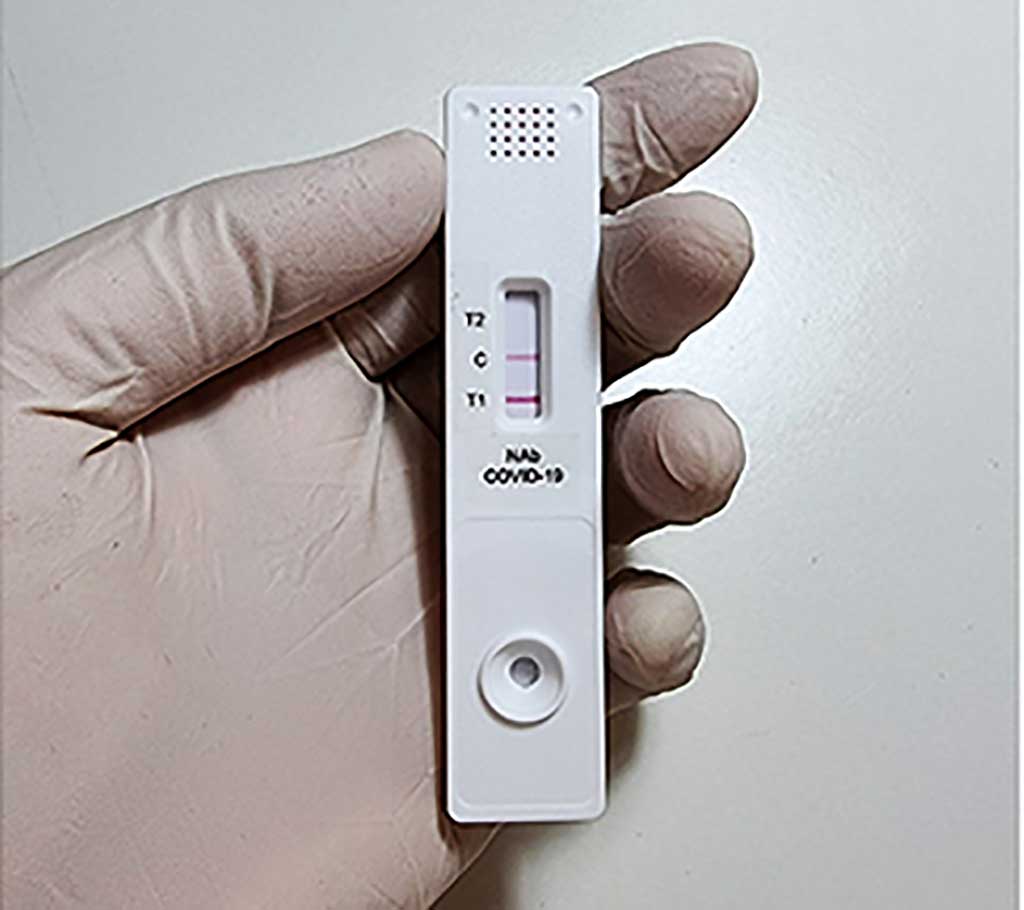New, Highly Accurate, POC Test Measures Level of Neutralizing Antibodies (NAb) to COVID-19, Including Variants
Posted on 22 Dec 2021
A new, highly accurate, point-of-care (POC) test can measure the level of neutralizing antibodies (NAb) to COVID-19, including variants.
The test, developed by scientists at the Burnet Institute (Melbourne, Australia) and the Peter Doherty Institute for Infection and Immunity (Melbourne, Australia), provides a readout from a fingerprick of blood in less than 20 minutes. The test is the first of its type globally, and could also be useful to indicate when a vaccine booster may be required. While there are many POC tests that can measure the overall level of antibody to SARS-CoV-2, and use this to estimate neutralizing antibodies, this is the only test to measure neutralizing antibody activity, which correlates with immune protection from serious disease in COVID-19.

The emergence of the Omicron variant, which early studies suggest may be up to 40-times less sensitive to patient NAb than Delta, means that some people will go from having enough NAb to be protected, to not having enough. The test provides a new option for immunity screening to support COVID-19 vaccination and control programs, particularly in time-critical and low- and middle-income settings where laboratory-based testing is difficult or impossible for many to access.
“One of the key elements of the test is that it can work with fingerprick whole blood, which is essential if it is really going to be used at point-of-care,” said study joint supervising author, Associate Professor David Anderson, Burnet Institute Deputy Director and Chief Scientific Officer of the Burnet Diagnostics Initiative.
“We envisage that this test may be part of a set of indications that will help to determine who may need a booster vaccine,” said Dr. Tom Fulford from the Doherty Institute. “This can also be adapted so that it can provide information about whether an individual has protective antibodies against particular variants of concern.”
Related Links:
Burnet Institute
Doherty Institute














